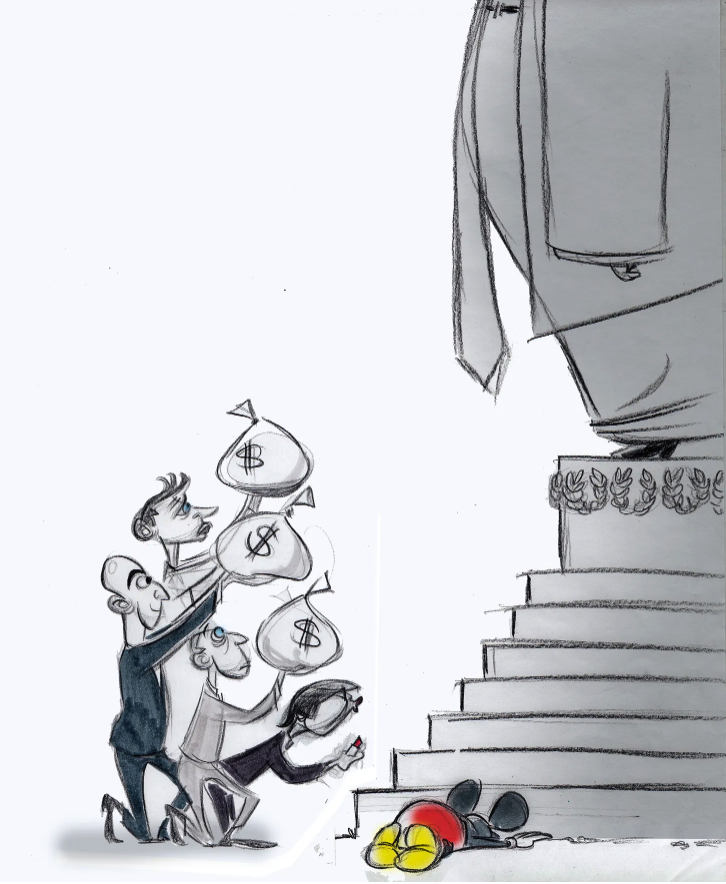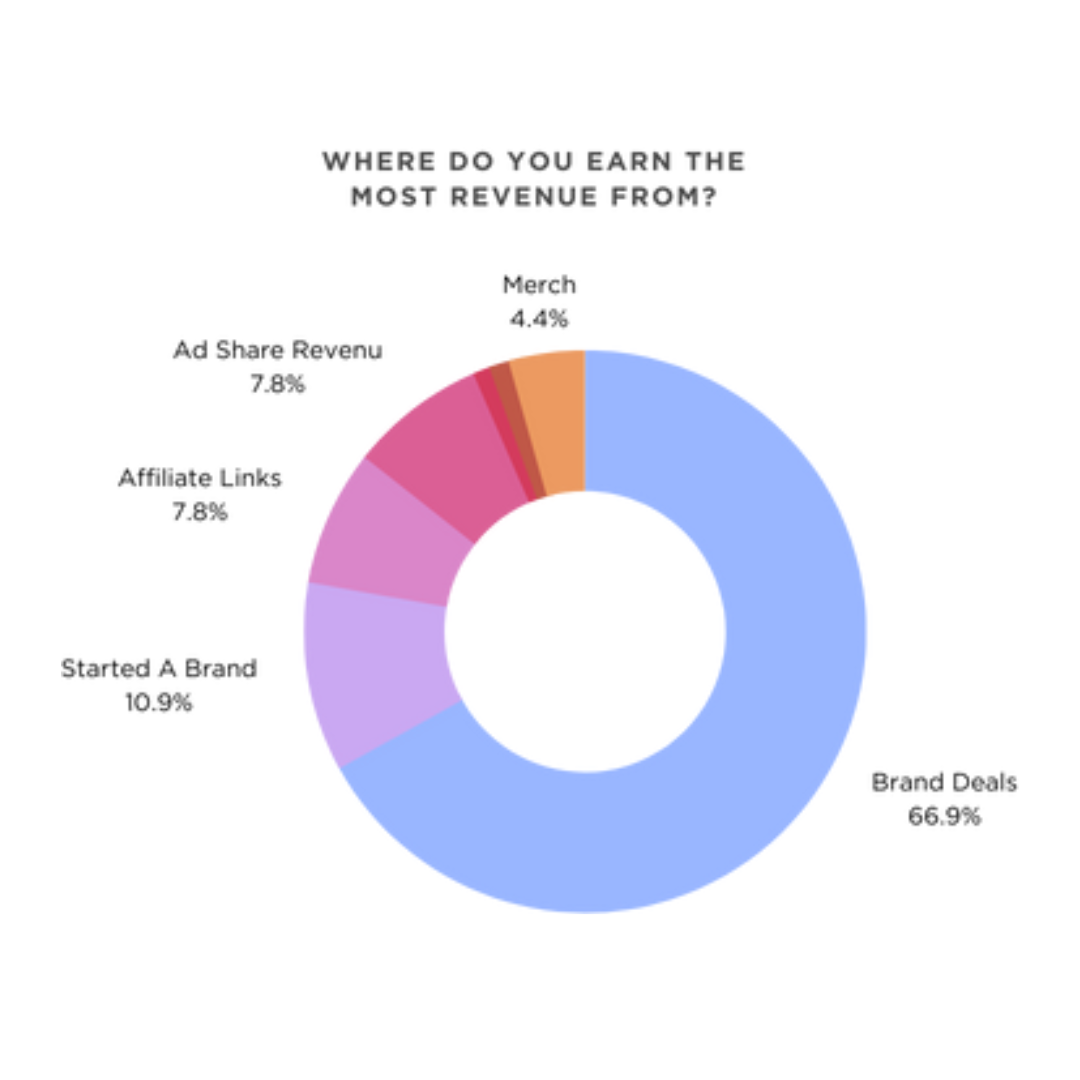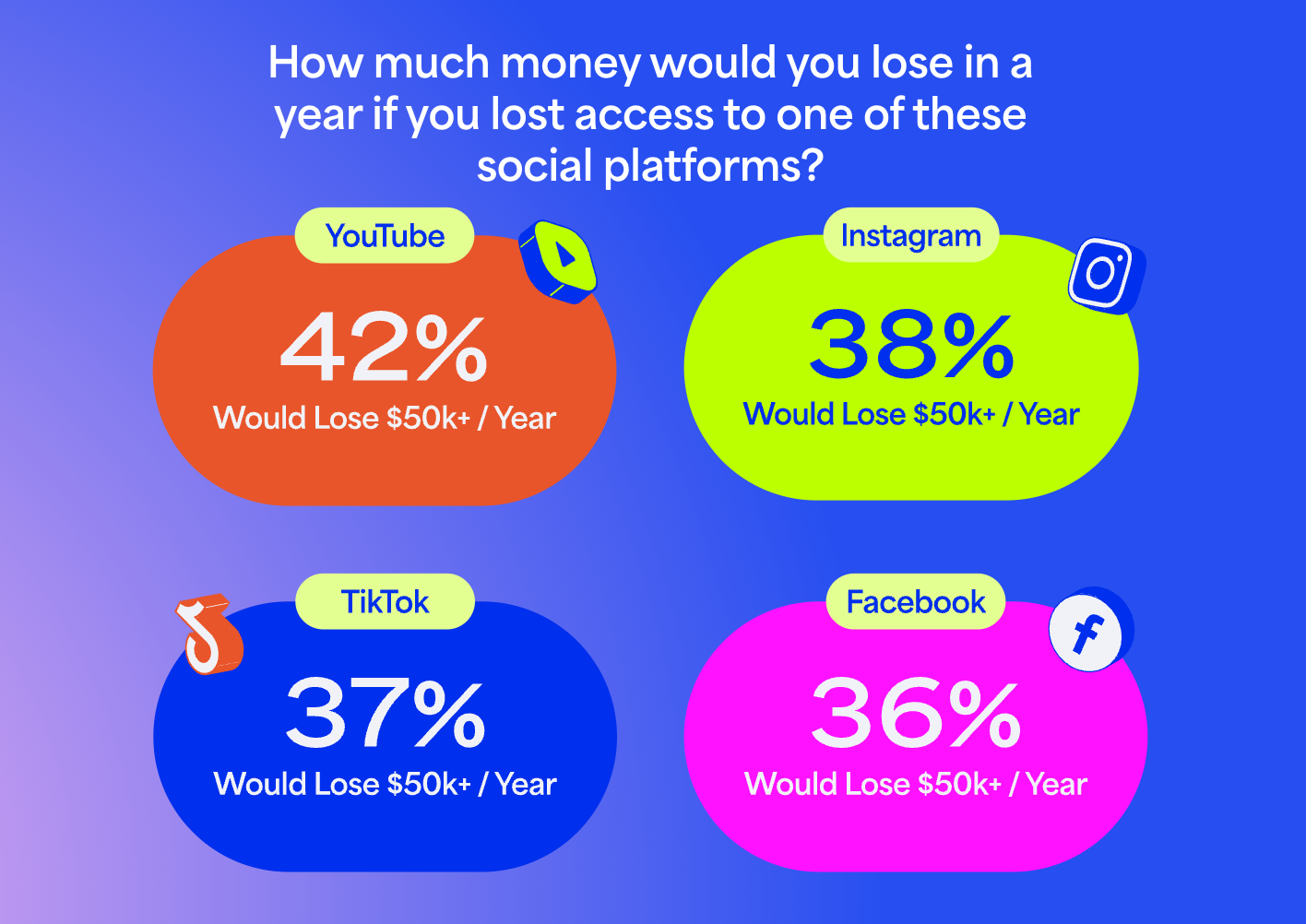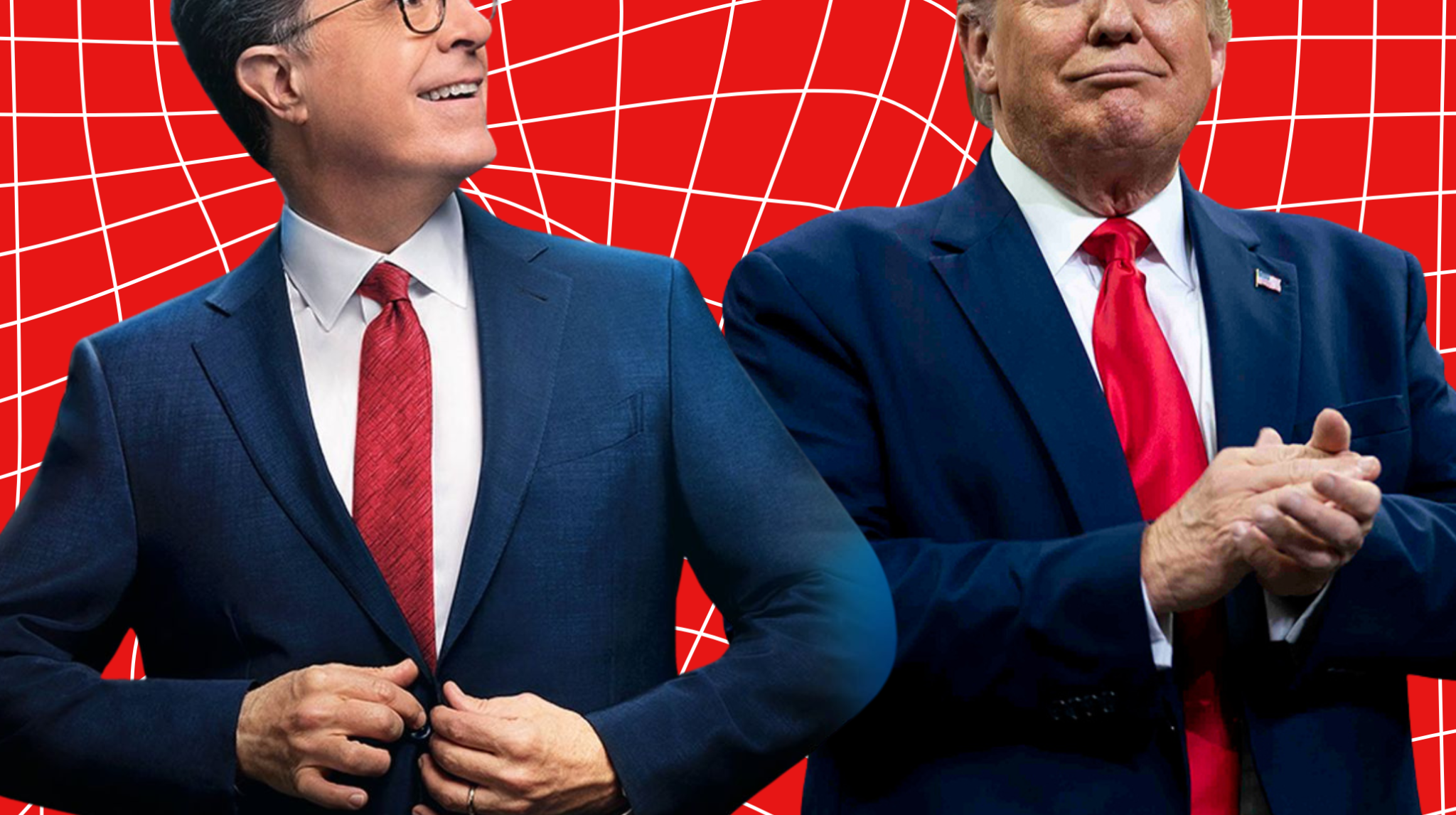With news of The Late Show with Stephen Colbert being canceled, a lot of people are questioning the timing—especially given Colbert’s recent string of Trump criticisms.
Add in the still-pending Paramount Global merger with Skydance Media, and things start to look murky. It’s been over a year since the deal was announced, and the FCC still hasn’t approved the transfer of CBS broadcast licenses. Meanwhile, Trump publicly claimed that once the merger is finalized, Skydance–Paramount will contribute $20 million toward advertising, PSAs, or “similar programming”—a side agreement that accompanies Paramount’s $16 million payout to settle his 60 Minutes lawsuit.
At the same time, Pulitzer Prize–winning cartoonist Ann Telnaes resigned from The Washington Post after a cartoon of Jeff Bezos bowing to Trump was pulled by editorial leadership. Fellow Pulitzer winner Jonathan Capehart has also left the paper. Dave Jorgenson—the Post’s longtime TikTok guy—is out as well, though his exit seems tied to launching a production company.

But it’s not just legacy media feeling the pressure.
Creators—independent writers, comedians, streamers, educators, journalists—are feeling it too. The rules of visibility are shifting. Platforms that once marketed themselves as “creator-first” are quietly muting the very people who built their reach.
We’re living through a slow cultural erosion where dissent isn’t muzzled by blacklist or ban, but by something quieter. Something harder to trace. Maybe your hashtag stops working. Maybe your account disappears from the explore page. Maybe you say the wrong word and your post gets pulled for a vague “community violation.” Our legacy media and the platforms we rely on are bending to fascism—slowly, quietly, and often under the banner of neutrality.
Which leaves creators wondering: what happens when platforms cave? When networks fold? When satire and dissent are quietly shelved?
And more urgently—what the fuck do we do now?
Because for all the talk about platforms and power, one thing is clear: we’re heading into the biggest wave of the creator economy yet. If you thought 2016 was the golden age of influencer marketing, just wait. The next wave is bigger, weirder, and more fragmented. It’s newsletters, podcasts, niche blogs, indie docuseries, personality-led microsites. Think of it like the BuzzFeed exodus—only multiplied.

Research from Goldman Sachs values the creator economy at $200 billion, with projections it could approach half a trillion dollars by 2027. And yet, 66% of creators in 2022 relied on a single revenue stream, usually brand deals. Platform payouts exist, but they’re wildly inconsistent. TikTok, for example, only pays creators for videos over a minute long, even though it prioritizes short-form content in its algorithm.
In 2024, TikTok brought in $23 billion—a 42.8% year-over-year jump. Meta brought in $164.5 billion. And yet most creators saw almost none of that revenue.
In response to rising algorithmic suppression, many creators have shifted to Substack. But Substack has its own issues—most notably its refusal to moderate newsletters promoting white supremacist and far-right rhetoric. Maybe it’s an overcorrection to mainstream censorship. Either way, it’s not neutral.
So what do we do, as censorship mounts, Nazis get platformed, and social media companies rake in billions? We stop depending on the platforms—and start building our own tables.
Creators need to stop seeing platforms as homes. They’re tools. Funnels. Use legacy media and social platforms for discovery—to get eyes on your work—but treat them like what they are: top-of-funnel traffic sources. Your best work should live somewhere you own.

Because when everything is centralized, it’s easy to moderate. Easy to monetize. Easy to erase. But when we’re scattered—federated—building newsletters, websites, and communities on our own terms, we become a thousand small fires instead of one big target.
Still, few creators maintain a personal website. Even fewer own their distribution systems. That kind of centralization is a risk. There’s no one-size-fits-all solution here. But if you’re making anything outside the mainstream—or simply living in a politicized body—relying entirely on platforms is a losing game.
For what it’s worth: I built my website because I wanted control and ownership over my content, as well as the ability to scale a brand and eventually monetize on my terms. I built mine with Webflow. I work with freelance designers. I use Beehiv for my newsletter (which you should absolutely subscribe to). I’ve become a social media succubus, siphoning what I can from the platforms while building something that I retain control of.
And if you’re not a creator?
Support the ones who are. Share their work. Subscribe if you can. Bookmark what matters to you. Pay attention to how you engage with content—how you find it, what you click, what you linger on. It adds up. Platforms will always shape what we see. But how we show up still matters.
Help me grow! Subscribe to my email newsletter!




.png)





